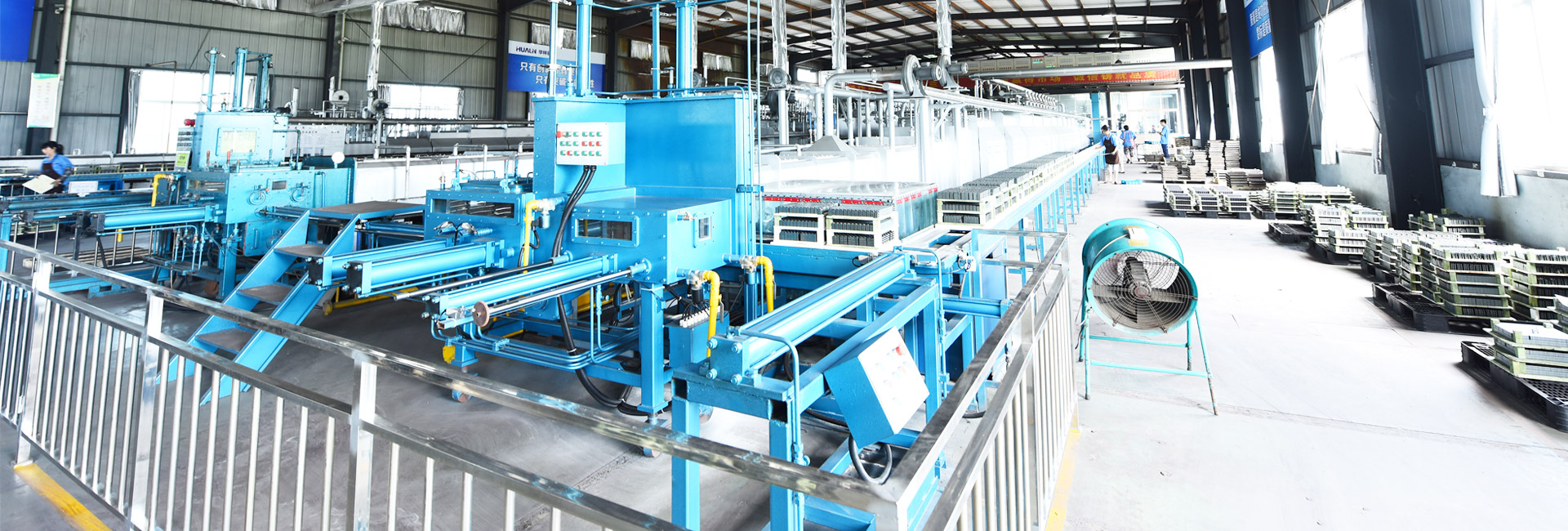What is the difference between EI core and EE core?
What is the difference between EI core and EE core?
Answer: It's just that the model is different, the specifications are different.
EI, EE and ER, ERL, ETD, RM, PQ, etc. are all specifications and types.
Small transformer cores, common ones are:
EE (sometimes called F) type, EI type, C type, ring.
1. Type F: each layer is stacked positively and negatively, magnetic leakage is relatively small, and assembly and disassembly are generally difficult;
2. EI type: similar to F, easier to assemble and disassemble;
3. Type C: small magnetic flux leakage, small size, good performance, and difficult assembly and disassembly;
4. Ring shape: minimum magnetic flux leakage, best performance, but the most difficult assembly and disassembly, especially difficult to make the coil.
The material of the magnetic core has high initial permeability, low coercivity and loss, and stable magnetic performance, but the Bs is not high enough. When the frequency is greater than 20kHz, the loss and effective permeability are not ideal, the price is more expensive, and the processing and heat treatment are complicated; It has a high Bs value and a low price, but the effective permeability value is low.
The permeability and Hc value of the nanocrystalline alloy are close to crystalline high permalloy and cobalt-based amorphous, and the saturation magnetic induction Bs is equivalent to that of medium nickel permalloy. The heat treatment process is simple, and it is an ideal low-cost high-performance soft magnetic Material;
EI-type magnetic core When the power transformer magnetic core works at MHz frequency, the residual loss has already dominated, and the use of fine-grained ferrite has successfully reduced the contribution of this loss. For MnZn ferrite, ferromagnetic resonance occurs at MHz frequency, resulting in ferrite loss.
EI type magnetic core introduces the material components of the magnetic core?
In a state where a plurality of the EI-type magnetic core and the I-type magnetic core are uniformly arranged one by one and fixed with a clamp, a press is used from above to pressurize, so that the supporting protrusions are connected to the supporting grooves.



